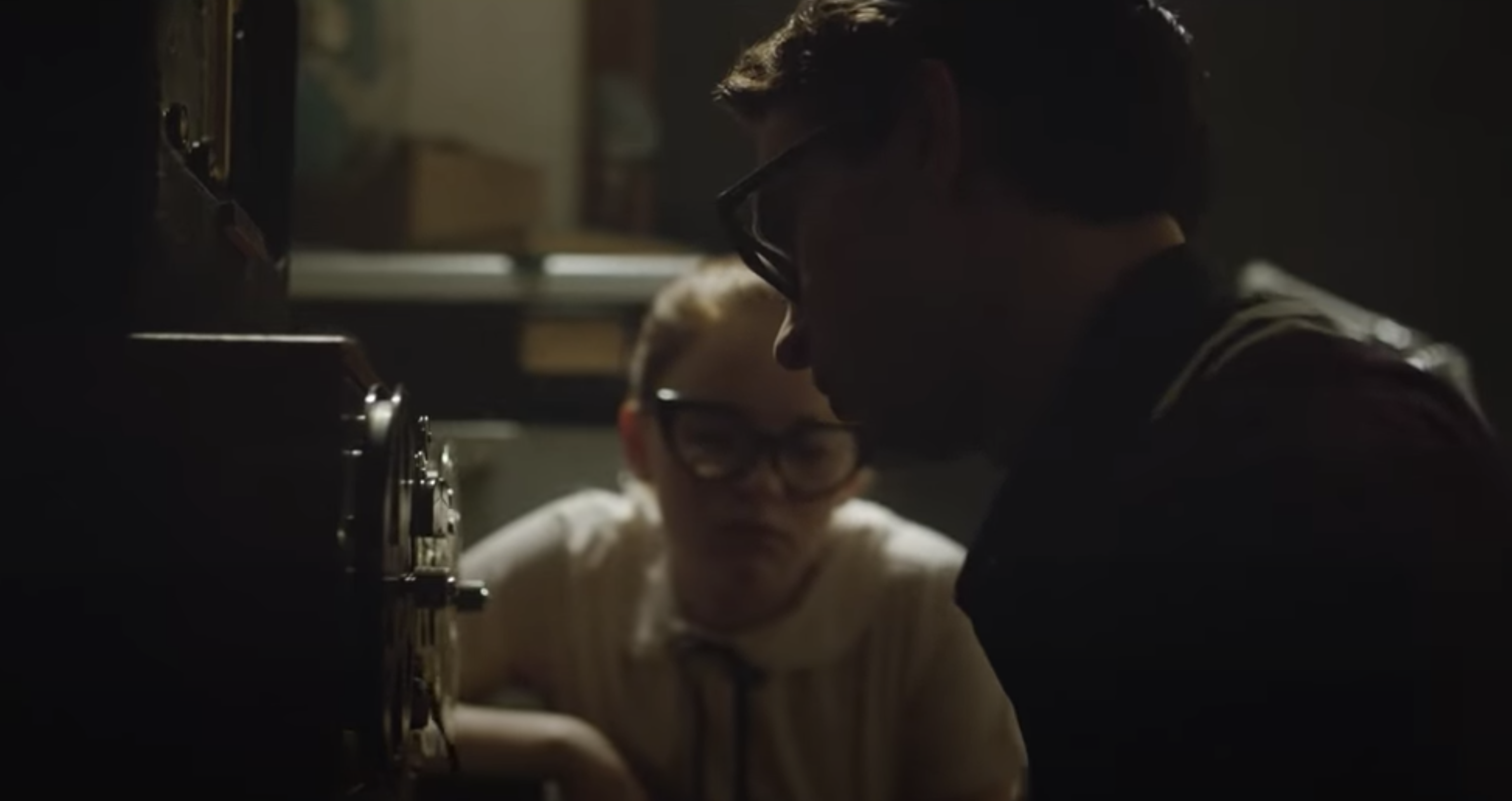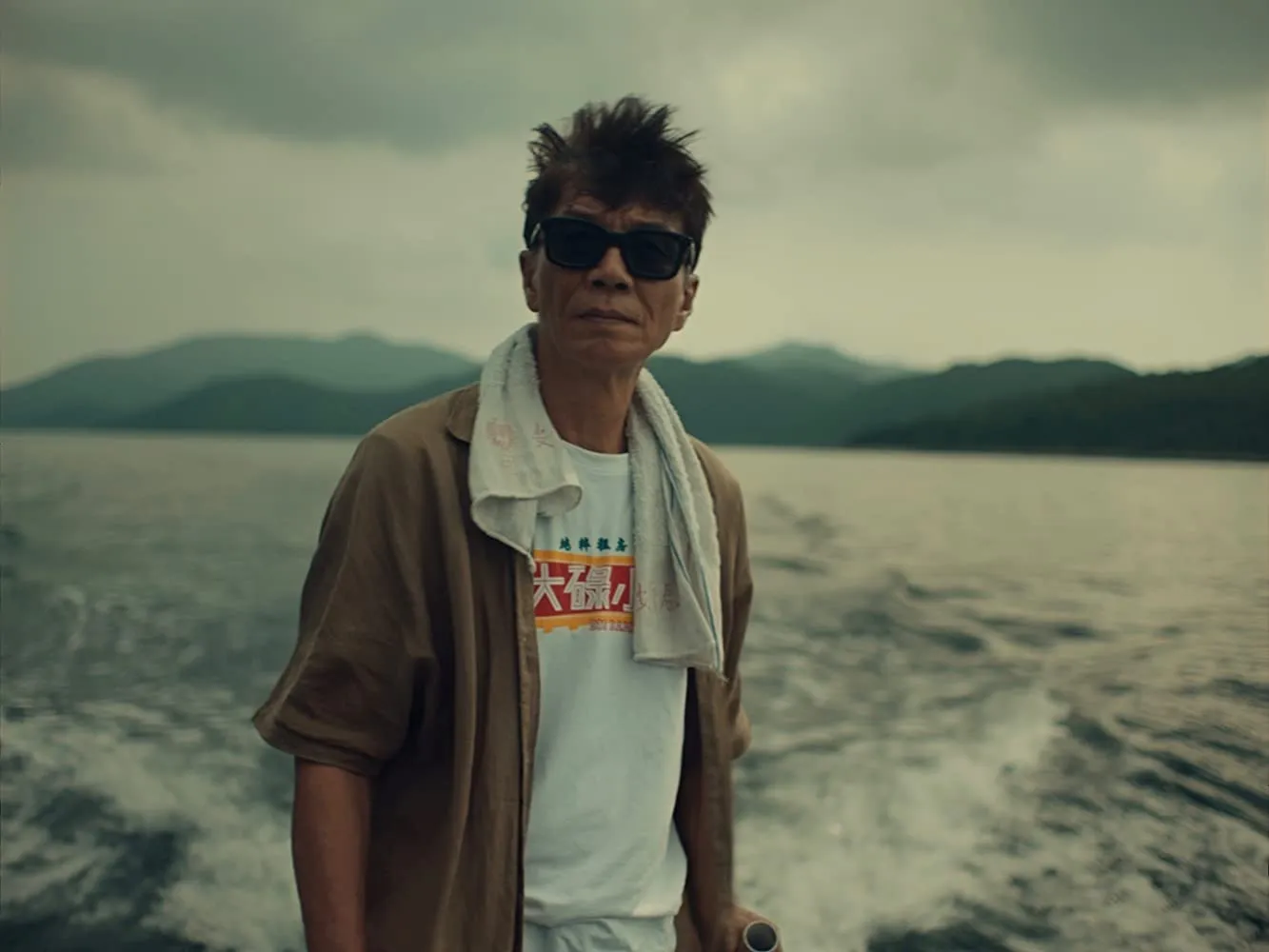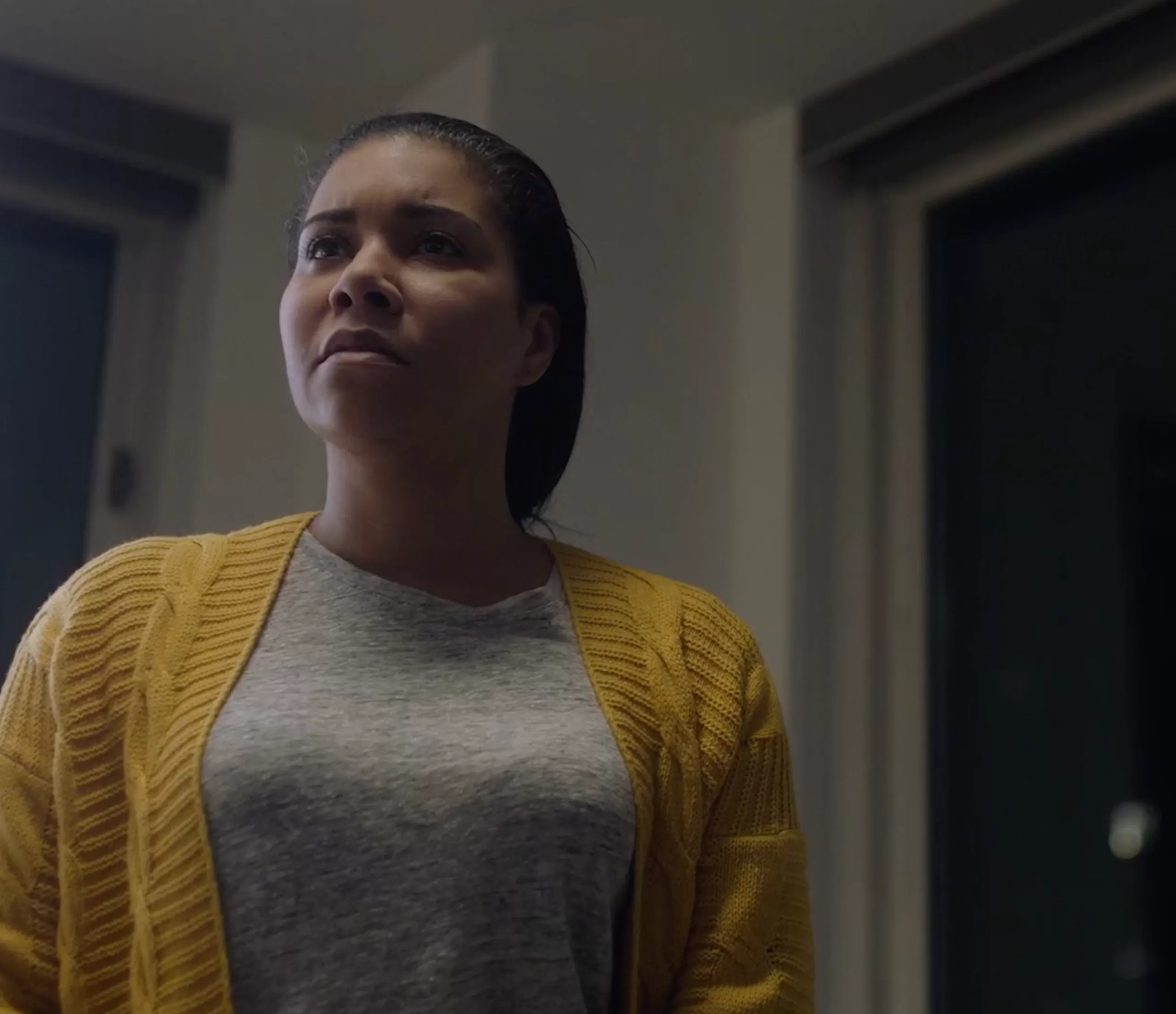Under Angelina Jolie’s direction “Unbroken” plays out nice and slow but peters out
While watching “Unbroken,” the World War II survival film directed by star-of-the-moment Angelina Jolie, one question stood out among the rest: How can such an extravagant, provocative personality turn in such a normal, even traditional film? Here is a woman who built her career on shock value. Where are the shocking moments in “Unbroken”?
This isn’t entirely a bad thing, as the classical, stately approach creates a number of moments of a certain emotional heft. In addition, the story is strong enough to direct itself. Taken from a Laura Hillenbrand best-seller, “Unbroken” celebrates Louis Zamperini (Jack O’Connell), a teenage Olympic distance runner from California who gave a promising debut in the 1936 Berlin Olympics. His shot at glory in the 1940 Games was lost in World War II.
Zamperini’s legacy took an unexpected turn after he enlisted as a crew member on an American warplane flying missions in the Pacific. In 1942, the B-29 on which he served crashed into the ocean. He and two other flyers survived. For more than a month, they lived desperately on two yellow life boats floating in the vast water.
After surviving on fish, rain water and hope, the men were somehow located by the Japanese Navy. Zamperini spent the rest of the war in Japanese prison camps under horrific conditions. The camp commander, known as The Bird (Miyavi), became a war criminal for the sufferings inflicted on the men.
There are moments in “Unbroken” that are genuinely moving and harrowing. In particular, Jolie shows a talent for taking time to build drama. Filmed skillfully by Coen brothers cinematographer Roger Deakins, “Unbroken” slowly unwinds like a book. In an era where so much cinema cuts to the chase, the lifeboat sequence stands out for letting the moment breathe, which heightens the feeling of despair.
There is an intensity to the first half of the film that doesn’t survive to the end. Zamperini’s ordeals become less effective with repetition. Then the film sort of stops simply because the war itself stops–the film builds to little more than the obvious. The only punctuation left by this long, unwinding story is the question mark after the word “huh?”
The final product feels like a dozen Hollywood epics from the fifties or early sixties. Part of this, I suspect, is Jolie wanting to do right by the story. There’s also probably a desire to fit in and earn respect. The signature seems self-conscious and impersonal. I’d really like Jolie’s future efforts to be more comfortable and take more chances. Be yourself, Angie. The rest will take care of itself.
news via inbox
Nulla turp dis cursus. Integer liberos euismod pretium faucibua


